Aberdeen City Council
As a key component of the mitigation works to enable the construction of the Aberdeen Western Peripheral Route, Keystone Habitats was awarded the contract to install a large number of bat hibernation boxes, general purpose bat boxes and artificial squirrel drays. The works were carried out across 10 sites, within forestry and agricultural ground along the proposed route of the by-pass.
What did we do?
- Installed 64 crevice bat boxes on hardwood and softwood trees at a height of 4-6m.
- Installed 80 hollow bat boxes on hardwood and softwood trees at a height of 4-6m and 27 boxes at 5-8m.
- Installed 10 artificial Red Squirrel drays on hardwood and softwood trees at a height of 6m.
- Installed 15 stout diameter poles to support new bat boxes and drays.
- Installed 30 hollow and 30 crevice bat boxes on poles (2 on each pole) at a height of 4-6m.
- Installed 5 artificial squirrel drays on selected poles at a height of 6-7m.
How did we do it?
- Prior to works commencing, we arranged a meeting with the site ecologist, engineer and landowner to agree access and storage points.
- All supplies and equipment were transported to a central point close to the 9 sites and securely stored.
- Where necessary, we created access points and then reinstated the boundary features using fencing and dry stone walling techniques.
- Each of the 10 sites were then visited and the appropriate boxes installed on the identified trees.
- The majority of the boxes were installed on trees from a secured ladder placement and the high rise boxes were installed with the aid of certified tree climbers.
- To enable monitoring of the higher level bat boxes, these were attached to a wire cable that could be lowered to ground level for convenient and safe inspection.
- The timber poles were transported close to each installation site by a specialised ‘pole lorry’ and thereafter to their final location by a low ground pressure tracked carrier.
What were the outcomes?
- The project was delivered to a very high standard, on time and on budget.
- No lasting impact was made to the ground or surrounding habitat despite the use of heavy machinery.
- All landowners and stakeholders were satisfied with the results.
- And, best of all, the ecologist reports that a Pipistrelle bat was found in one of the boxes four weeks after installation!
This entry was posted in Case Studies, Habitats, Major Infrastructure. Bookmark the
permalink. Both comments and trackbacks are currently closed.
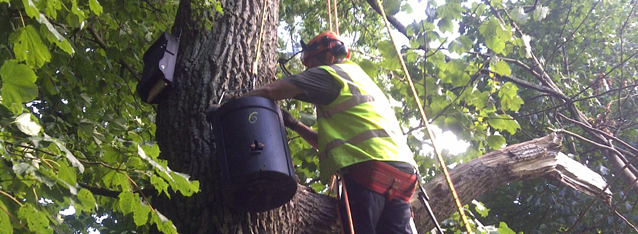

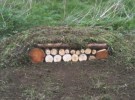

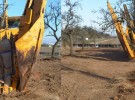
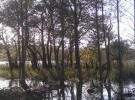
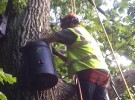
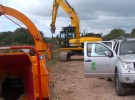
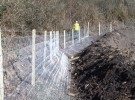
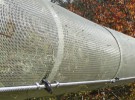
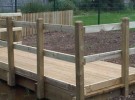

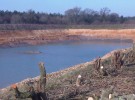
Bat and Red Squirrel Mitigation, Aberdeen
Aberdeen City Council
As a key component of the mitigation works to enable the construction of the Aberdeen Western Peripheral Route, Keystone Habitats was awarded the contract to install a large number of bat hibernation boxes, general purpose bat boxes and artificial squirrel drays. The works were carried out across 10 sites, within forestry and agricultural ground along the proposed route of the by-pass.
What did we do?
How did we do it?
What were the outcomes?